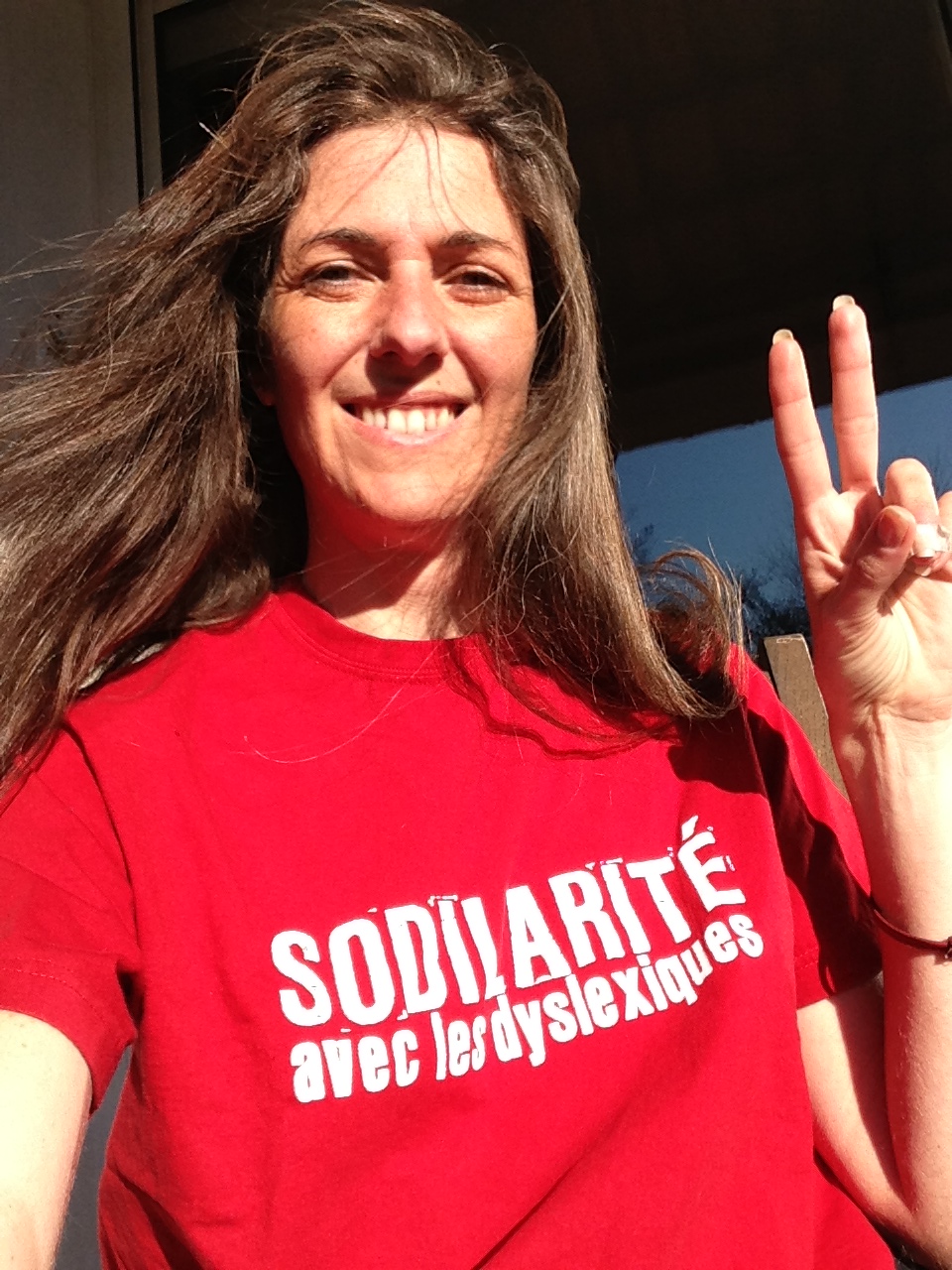Today, the part of the Internet which I pay attention to was abuzz about the recent findings about “Left–right asymmetry of the Maxwell spot centroids in adults without and with dyslexia” published today in The Royal Society, and the work on a lamp that probably cancels or enhances the blue in question, to help override the anomaly (good luck with shining that light in digital media!) See the appendix for the article’s abstract.
I’ve had dyslexia all my life (duh, it’s not like it’s a virus), well before I knew what it was. And today I learned a new characterisation: “visual and phonological deficits“.
Testing
So I looked out a window at something in particular in the general brightness of the outside, for at least 10 seconds so that the image of that thing printed itself at the back of my retina. Then I looked away, closed my eyes and put my hands on them. While keeping my eyes closed, I removed a hand and covered my eye again then removed the other hand and covered my eye back. I did that for a bit, assessing which eye had the clearer retinal persistence. This is a technique to determine which is your dominant eye. Retinal persistence in my case was as clear in one eye as in the other. No surprise.
A decisive joke!
A pal I hang out with on IRC suddenly made a candid but decisive joke, “so you need to close one eye!” And I thought, why not? and I did.
I read the same bit of text I had been reading before and found the process of reading much much smoother. It was so incredible that I suspiciously chose text I wasn’t familiar with at all and again, found the process of reading with just one eye much faster and fluid.
Sensory handicap paradox
It is counter-intuitive, in case of a sensory handicap to narrow-down the sensory input, but in this case I was happily surprised. Similarly to when I discovered many years ago that in order to best depict in 2D on paper something I was looking at in 3D, all I needed to do was close an eye and draw.
I’m glad I work from home. Nobody will see me when I read while wearing the eye-patch a friend of mine gave me for Halloween years ago.
Appendix
Here is a quote of the abstract of the article Albert Le Floch and Guy Ropars from the University of Rennes published:
In human vision, the brain has to select one view of the world from our two eyes. However, the existence of a clear anatomical asymmetry providing an initial imbalance for normal neural development is still not understood. Using a so-called foveascope, we found that for a cohort of 30 normal adults, the two blue cone-free areas at the centre of the foveas are asymmetrical. The noise-stimulated afterimage dominant eye introduced here corresponds to the circular blue cone-free area, while the non-dominant eye corresponds to the diffuse and irregular elliptical outline. By contrast, we found that this asymmetry is absent or frustrated in a similar cohort of 30 adults with normal ocular status, but with dyslexia, i.e., with visual and phonological deficits. In this case, our results show that the two Maxwell centroid outlines are both circular but lead to an undetermined afterimage dominance with a coexistence of primary and mirror images. The interplay between the lack of asymmetry and the development in the neural maturation of the brain pathways suggests new implications in both fundamental and biomedical sciences.


